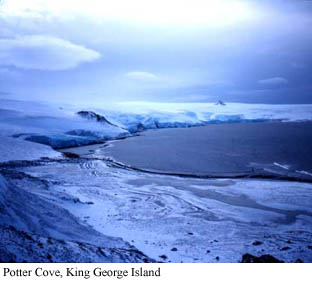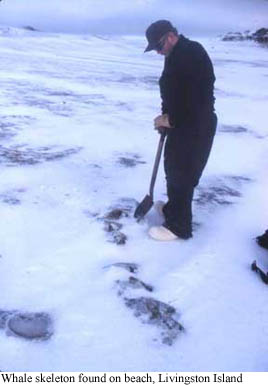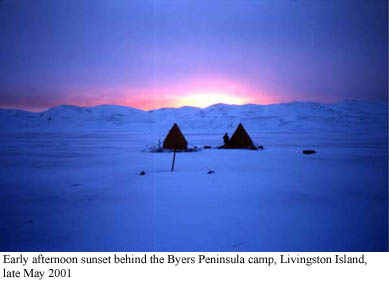Glacier and Climate Variations in the South Shetland Islands (Antarctica) during and since the Last Glacial Maximum
Principal Investigator - Brenda Hall
Student - Ethan Perry


Sandwiched between the Antarctic Peninsula and the Drake Passage, the South Shetland Islands are in an ideal location to test hypotheses of the timing of climate changes north and south of the Antarctic Convergence. Our field work began there in March 2001 and concentrated on ice-free areas of Fildes, Barton, and Byers Peninsulas. We were looking for evidence of former ice extent, as well as for raised beach


Our work is still preliminary, as we have not yet obtained dates back from the labs. One interesting observation is that there does not seem to be much geomorphological evidence for widespread expansion of ice at the LGM. Moraines dating to this time period are seem to be lacking. Pre-LGM marine features, such as platforms, cliffs, and even beaches are still present. Till is thin and patchy, except in troughs adjacent to outlet glaciers. Possibly the ice was cold-based and did not modify its bed, preserving the older landscape.
